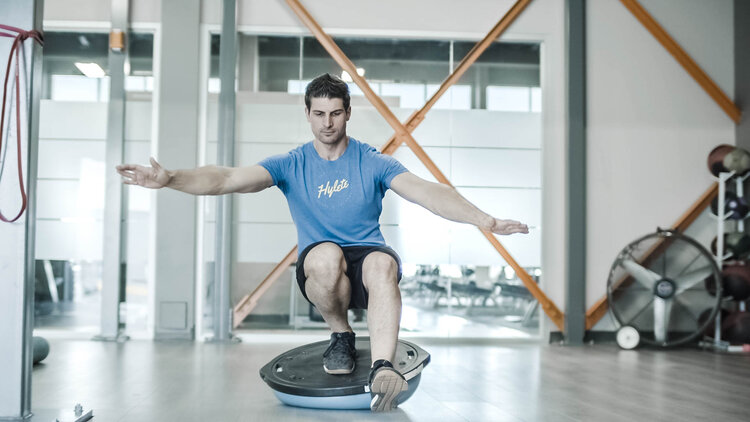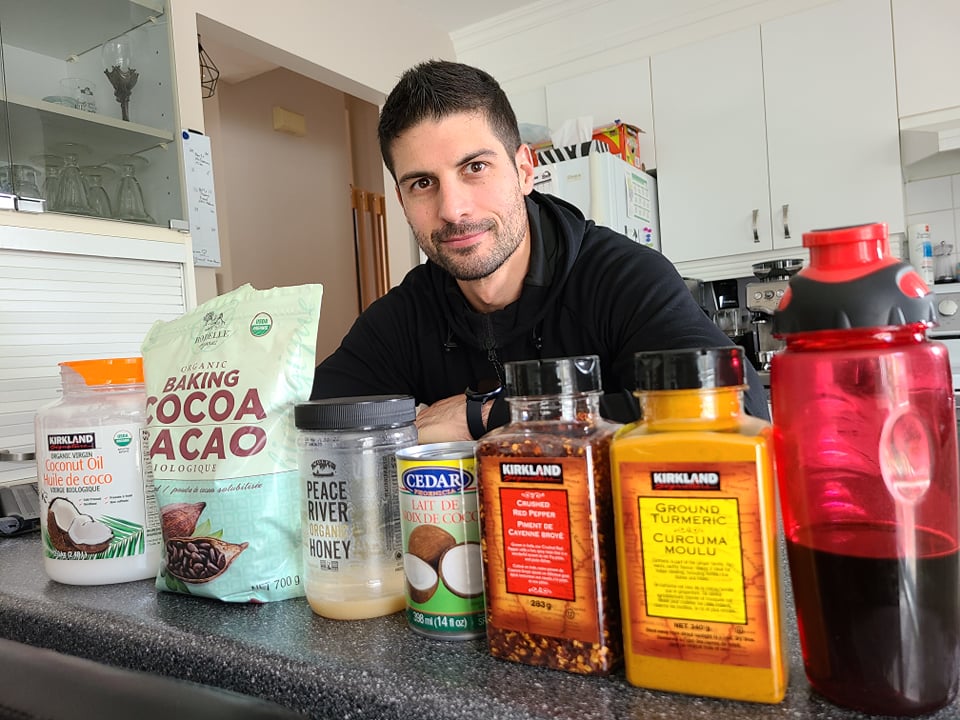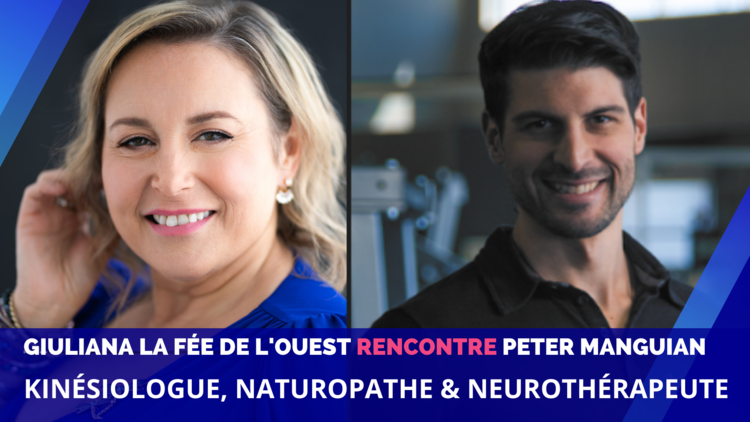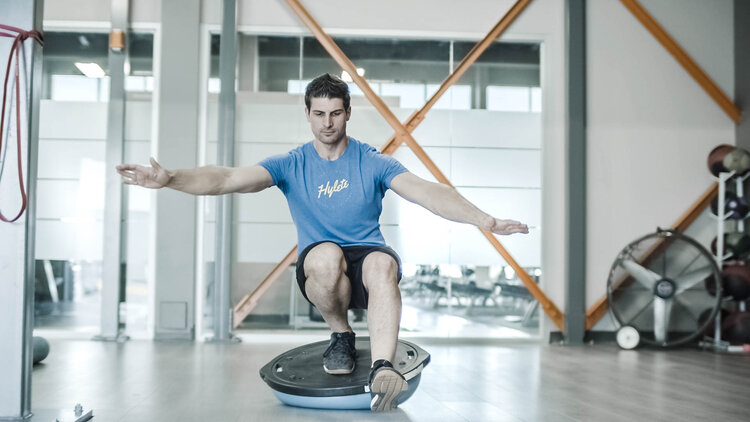
Proprioception 👀🦶👂 is used in kinesiology to know the location of a limb or joint in space. It's also about having the ability to properly engage your muscles at the right moment.
➡️There are several types of mechanoreceptors in your body, which are like sensors 😆. They are located all over your skin, muscles, tendons and ligaments.
➡️When you perform a movement, the mechanoreceptors locate the location of your joint and they send a signal to your brain, which analyzes the information and sends back the command to perform, which is to contract a specific muscle in order to avoid an injury.
➡️Good proprioception involves synchronized recruitment of muscle contractions, a good intensity of applied force as well as good joint stability.
➡️Optimal range of motion 💥 of the joint must also be involved!
To achieve this, there are three systems involved:
-Visual system 👀
-Vestibular system 👂
-Somatosensory system 🦶
➡️Good motor control, i.e., doing a movement correctly, requires good proprioception.
✅In short, we are talking about good movement quality 💪.
➡️However 💥, a lack of proprioception often involves several factors, including poor transmission of the message by the nerve signal, muscle fatigue, and the presence of pain that persists during certain movements.
➡️These factors slow down your reaction time and decrease the accuracy of your movement.
➡️When you increase your effort executing a movement, proprioception is activated. The faster and more dynamic the movement, the better proprioception you need.
For example, poor proprioception can cause an ankle sprain. Your muscles and ligaments did not react fast enough to prevent your ankle from twisting. As a result, you get injured.
➡️To rehabilitate proprioception, you need to do balance exercises, muscle strengthening exercises, and motor control exercises (creating a new pattern). We use steady or unstable surfaces, open or closed eyes, internal or external perturbations, open (free limb end) or closed (supported limb end) chain exercises.
➡️In order to achieve this, you can consult a kinesiologist to determine your needs and show you the best exercises to save you time and most importantly, not to waste time.
We strongly advise you to consult us before you even get injured, as a preventative measure, no matter what your sport or activities are.
Make an appointment now 👇
